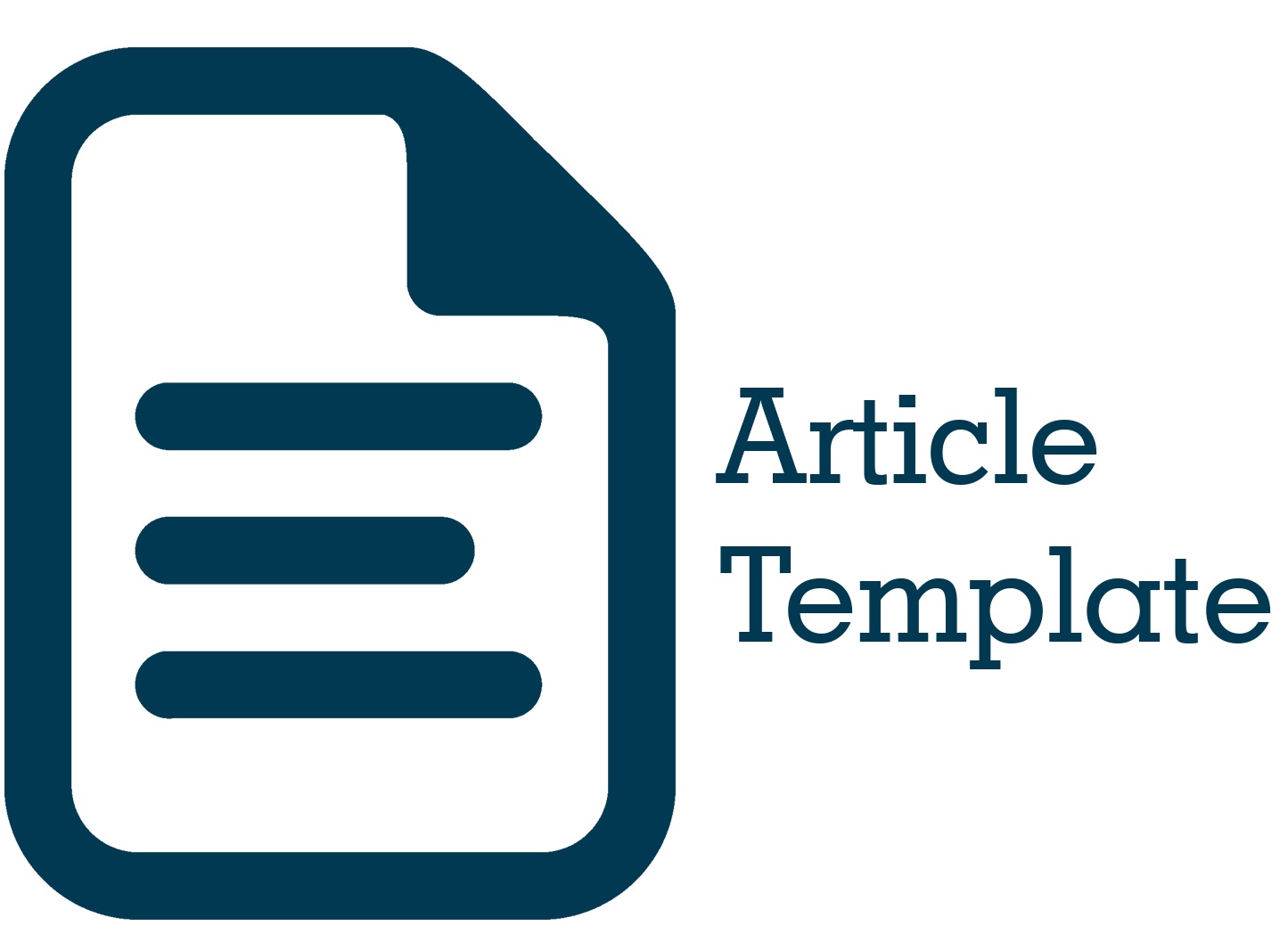Jejak Pemikiran Strategik pada Pembangunan Jalan Tol Trans Jawa dan Trans Sumatera
DOI:
https://doi.org/10.51135/PublicPolicy.v4.i1.p282-300Keywords:
Strategic Thinking, Multiplier Effects, Leverage, Economic Growth, EqualityAbstract
The purpose of this research is to elaborate on the strategic thinking behind the construction of the Trans Java (JTTJ) and Trans Sumatra (JTTS) Toll Roads, and the multiplier effect that will be generated in the future. This paper is also expected to encourage decision-makers to develop ideas that can produce strategic decisions that affect the organization’s long-term performance. For example, the decision to build JTTS and JTTJ is estimated that this will organization’s long-term performance. This construction will trigger new industrial areas, and the availability of many varied jobs so that the workforce with higher education can be distributed. It is hoped that this will also have an impact on increasing Gross Domestic Product (GDP), growth, and economic equity so that Indonesia can leave the regional imbalance that has long been questioned. The development of JTTS and JTTW is not a reflection of the courage of leaders to take risks amid scarce financial resources but shows the ability to think strategically in choosing the right leverage to increase growth and economic equity, all at once.
Downloads

Downloads
Published
How to Cite
Issue
Section
License
Authors whose manuscripts are published in the Journal of Public Policy must agree to the following terms;
- Publication rights for all manuscript materials published are held by the editorial board with the author's consent.
- The legal formalities for digital access to the Journal of Public Policy are subject to the Creative Commons Attribution Sharealike (CC BY SA) license, which means the Journal of Public Policy has the right to store, redistribute, reformat, manage in a database, maintain, and publish the manuscript without seeking permission from the author as long as the author's name is included as the copyright owner.
- Published manuscripts are open access for the purpose of disseminating research results. Besides this purpose, the editorial board is not responsible for copyright law violations.


.png)



